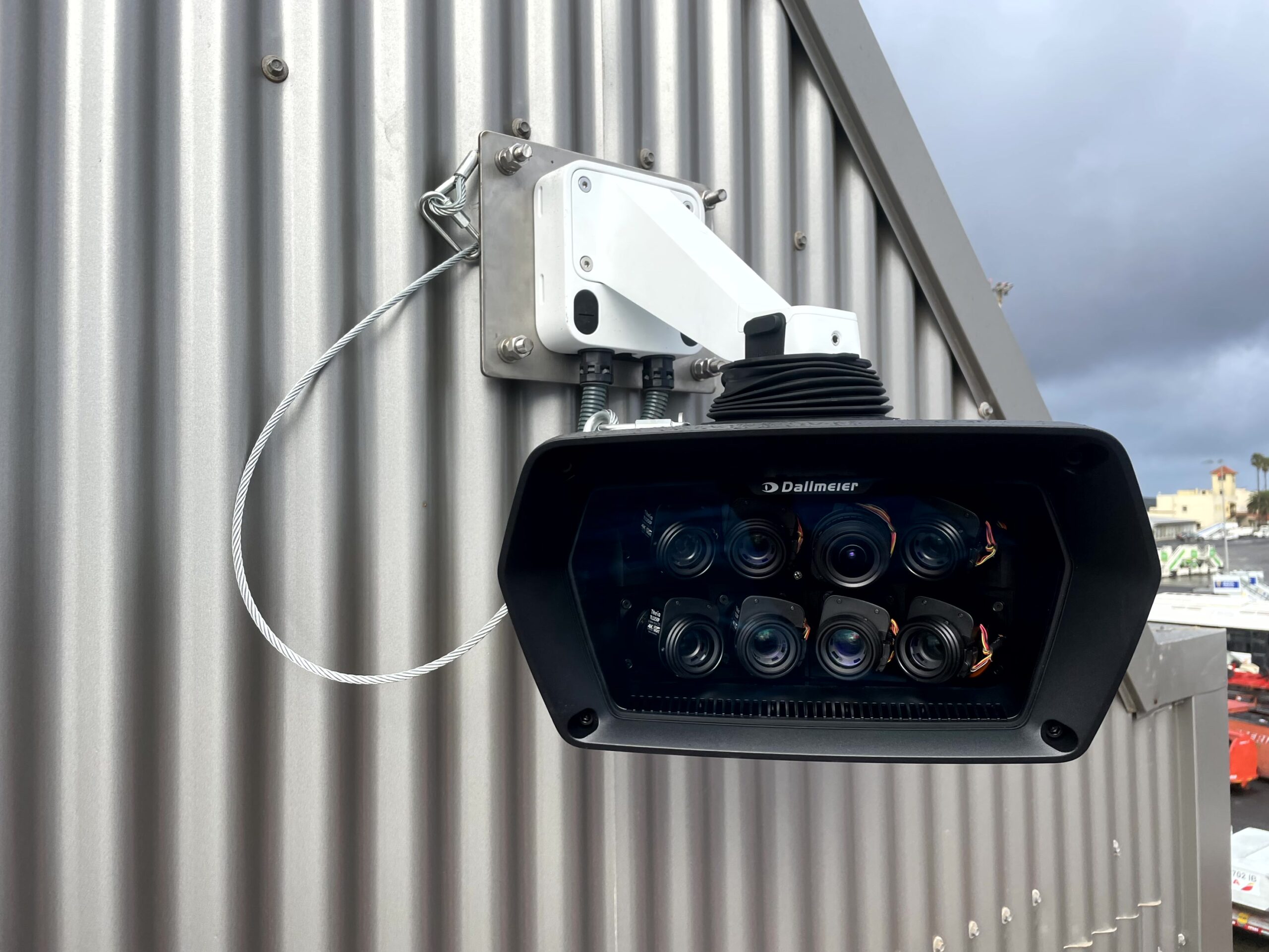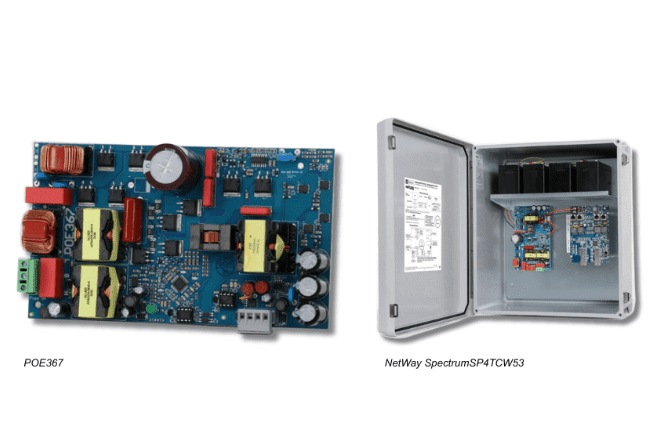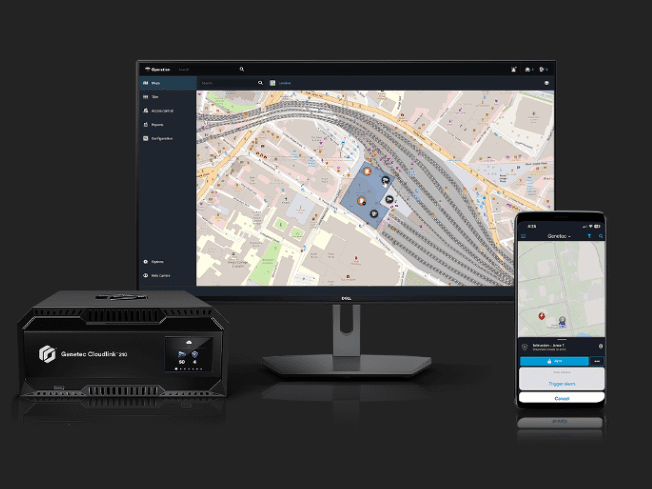Security Buyer Assistant Editor, Caitlin Gittins, looks at the implementation and pros & cons, of biometrics in a new age of access control security in a changing environment
As we have now entered a new year, new challenges and innovations in the access control market have become apparent and ready to take centre stage. Not only have we moved to a digital age where contactless and remote access solutions have become more popular, and the work life balance shifted and appears to be remaining in the workplace, can biometric technology be the solutions?
What are biometrics? Biometrics are measurable human traits, characteristics, or behaviours that can be used to verify a person’s identity. For example, a person’s face or fingerprints are unique to them and can be measured. So, they’re often used in applications to identify a person, such as in law enforcement.
Biometrics have been used for identity verification since 1883 when French criminologist Alphonse Bertillon first used body measurements to identify repeat offenders. Today, biometric authentication is growing in popularity for enterprises because biometrics are an effective way to control access to sensitive information, devices, or physical locations.
However, biometrics aren’t impenetrable and come with increased privacy risks. So, any organisation seeking to utilise biometrics to verify employees or end users should pay close attention to how they implement biometric identification systems.
Below are the most common types of biometric characteristics in use today:
Fingerprint Biometrics: The patterns found on a person’s fingers are unique to them and are already used to verify smartphone users.
Behavioral Biometrics: Behavioural biometrics use patterns in an individual’s behaviour, such as keystroke patterns and computer mouse movements or other behavioral characteristics like a user’s physical location, to identify them.
Ear Biometrics: A person’s ear has a unique shape, and research shows ear recognition could be more accurate than fingerprint recognition.
Voice Biometrics: A person’s voice is unique to them. Voice recognition systems are 90% accurate on average.
Facial Recognition Biometrics: Research shows that an individual’s face is unique when measured in sufficient detail and therefore is effective for accurately identifying them. Face recognition algorithms are far from perfect (studies show the technology is less effective in identifying darker-skinned individuals). However, companies are taking steps to improve their accuracy with artificial intelligence (AI).
Hand Geometry Biometrics: Hand geometry is unique from person to person and has been used to identify a person since the 1960s. Although hand geometry is unique, using it to identify an individual does carry some important limitations, according to the Infosec Institute.
Gait Biometrics: Gait analysis measures the way a person walks to identify them. Gait recognition is still a new technology, but researchers have already developed systems for smartphones that could be used to implement it.
Retina Biometrics: Retina biometrics use the unique pattern on a person’s retina to identify them. Research shows that retinal scans are very accurate.
Iris Biometrics: Iris biometrics are similar to retina biometrics, except they use the unique pattern of a person’s iris instead of the retina. Research by the National Institute of Standards and Technology (NIST) shows that iris scans are 90-99% accurate.
Vein Recognition Biometrics: Vein recognition is also known as vascular biometrics and uses subdermal vein patterns to identify a person. Vein recognition is the most accurate biometric technology in use today. However, researchers have cracked vein recognition in the past using a wax hand. So although it’s effective at distinguishing between individuals, it’s susceptible to attack.
DNA Biometrics: 99.9% of the average person’s DNA is identical to every other person on Earth. However, the 0.1% that’s different is enough to identify a person with a high degree of accuracy.
So, how can biometrics be used in the current climate, and help organisations better manage the access to company data in a hybrid work format?…
Read the rest of this exclusive feature, and more, in our latest issue here.
Never miss a story… Follow us on:
Security Buyer
@SecurityBuyer
@Secbuyer
Media Contact
Rebecca Morpeth Spayne,
Editor, Security Portfolio
Tel: +44 (0) 1622 823 922
Email: [email protected]


























